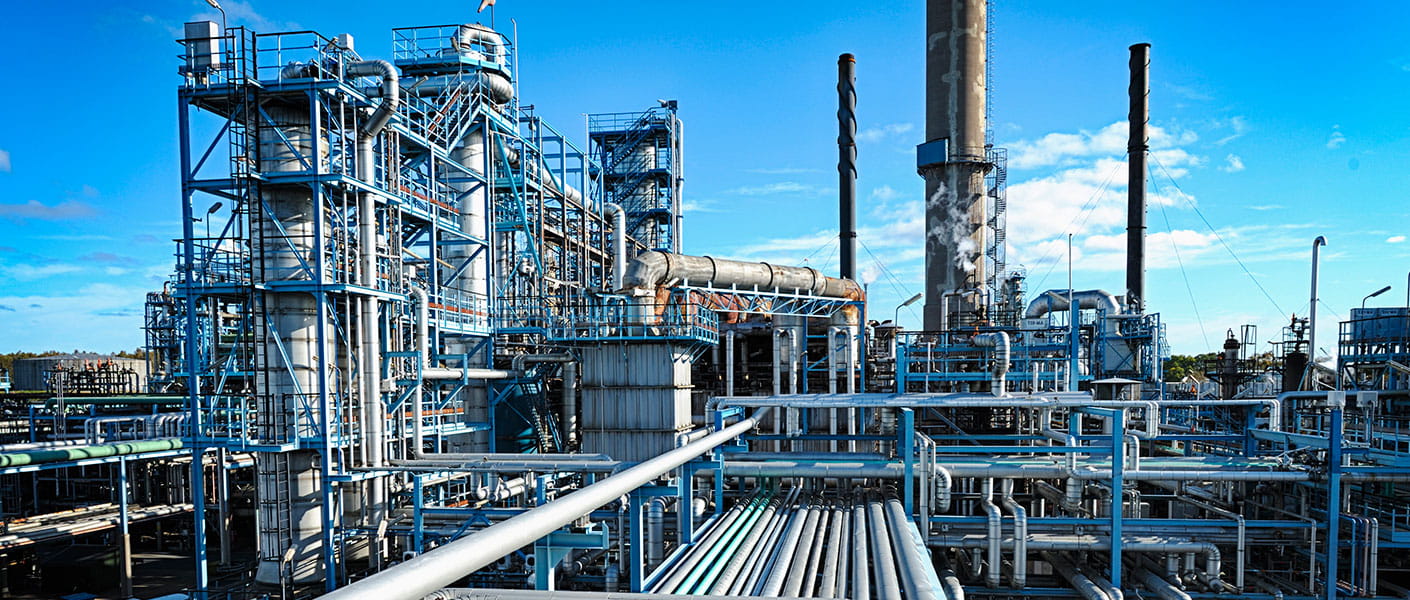Research shows that one of the key performance indicators—attainment of production as per the basis of design—is not achieved without significant further investment and significant delay (Merrow 2011). The findings are an industry-wide phenomenon. Oil and gas companies have started to think about how to reduce the risk of costly remedial actions to meet original production targets. There are principally two activities that companies employ to optimise internal processes for better outcomes:
-
Strengthening project assurance activities
-
Planning ahead for long-term operations
Recent experience in coal seam gas (CSG) to liquefied natural gas (LNG) projects on the east coast of Australia further enforces these principles.
Value assurance fostering system integration
After the late 1990s trend to return to the roots of the exploration and production sector, after a period of diversification into other businesses, capital discipline was instituted in most large multinational oil and gas companies. The value assurance framework was principally employed to enhance the efficiency of capital invested by offering 'more bang for the buck'.
Because of the natural movement of employees and increased pressure from shareholders, capital allocation discipline and value assurance have found widespread application in the industry. Over the years, the same framework expanded to include technical and operational requirements that stipulate minimum standards for deliverables at various stages of project delivery such as concept selection, detailed design, construction and commissioning.
A key learning in applying these processes was to recognise the large degree of systems interaction that require higher levels of integration. The model developed by Shenhar and Dvir (2007) classifies projects by a number of key variables and attributes certain factors to overcome elements such as uncertainty, complexity, organisational knowledge and urgency. These factors correlate with the observations in Merrow’s analysis of executed megaprojects (Merrow 2011).
In identifying the key drivers for each project, a different approach, team composition and organisational setup is required. A good example is the difference between a repeat project rolling out an existing widget in another location to a crisis management project as a response to a natural disaster or an external threat. The sponsors, available resources and expectations of the two projects will be very different, thus leading to very different approaches and outcomes.
In general, the more complex the project, the higher the level of integration required to achieve project objectives. The lower the level of integration, the more likely that project objectives such as production attainment, budget, or schedule are not achieved.
Some examples of the booming CSG to LNG business are:
Subsurface reality with surface facility integration
Greenfield sites requiring accommodation, road, electrical, and water infrastructure
Many mega-projects are executed in greenfield areas with little or no infrastructure. The challenge is to ensure that the project team addresses infrastructure requirements with the same diligence and rigour that is applied to the cash generating the oil and gas asset. Neglecting access, accommodation, power and water supply, or disposal until later in the engineering definition process will more than likely lead to costly retrofits at a later stage.
Permits and licensing requirements
Understanding the legislative requirements and permitting processes in detail is crucial for the owner’s team to build a robust schedule and project cost estimate. Furthermore, the processing capacity and experience of the government agencies have to be taken into consideration. In some locations, there is no effective legislative framework covering oil and gas production in place.
Upstream facilities integration
Control system within facilities and across multiple sites
Mega-project facility control system implementations are typically large scale and geographically widespread. Commercial realities and technical capabilities often dictate a multi-vendor approach to automation driving various interfaces requiring detailed system integration between in-field measuring devices (supervisory control and data acquisition), control systems and proprietary package control systems for specialised equipment such as gas compressors. Shortfalls in interface engineering often do not present until the commissioning and operating phase, when systems have to work together. Costs for rectification become material while production and commercial losses accumulate rapidly.
Vendor-designed systems within engineered systems
System integration is key in megaprojects. Given the nature of the delivery structure, different project teams build separate pieces of the overall project scope. Integration between these teams is often very limited as reflected in a number of high-level interface documents usually authored very early in the project.
Individual project teams underestimate the overall complexity of the complete project scope and an overall integrating function is often missed. Processes such as a flawless startup and verification of readiness integrate engineering, commissioning, construction, and business requirements before startup. Many of the incipient issues in startup and early operations, however, result from an incomplete integration during the engineering definition process.
Instituting operations readiness to inject practicality and long-term viability into projects
From the authors’ experience working on large-scale projects throughout the world there are five key areas that need to be addressed before the project enters the operational phase.
1. Front-end loading
Obtain lessons from previous company projects, contractors or industry lessons. Involve operations in design process earlier to achieve operable design. Availability of experienced operations personnel early in the design process can be an issue in remote greenfield locations or new plays such as unconventional oil and gas. This can be to the detriment of long-term operations in which the absence of operating experience in design presents a risk of oversight on genuine process and personnel hazards and high costs in operations.
2. Recruitment and onboarding
Recruit in advance and build capability and systems across operations and maintenance. Aside from the ability to influence design, early recruitment of operations and maintenance teams de-risks facility startup and early operations by ensuring that the processes, procedures and tools for operating facilities are established ahead of the introduction of hydrocarbons. Success of the pre-operation phase hinges on the depth and breadth of the available skill pool and the amount of available funding.
3. Training and competency
Involve operators in authoring and reviewing operating procedures, training and competency assessments. Competition for operations resources in a constrained oil and gas labour market has presented CSG companies in Queensland, Australia with a significant challenge in building a competent workforce. Early hire of large numbers of non-production trades into hydrocarbon operator roles increases the emphasis on building effective training and competency systems. Specialist skills such as high-voltage network operations also need to be brought in to support critical support functions.
4. Maintenance build and spares
Provide a capable and flexible maintenance system early. Include asset integrity thinking early such as major accident hazards and safety critical elements. Optimise before first operation through integrated planning.
5. Continuous improvement (lessons and assurance)
Build an organisation that learns internally to improve the delivery on project and shares lessons across multi-functional groups at the corporate level. Successful CSG/LNG project implementation requires diligence across each phase of execution from pre-FEED to operations. Formal 'gate' reviews by subject matter experts, measured against key success criteria before the end of each project phase, offer opportunities to identify gaps in facilities and business readiness to operate. Subsequent learnings from the initial operation of early facilities allow the 'design out” of issues in subsequent stages, thus building a momentum in delivery efficiency in an execution program.
Conclusion
Value assurance and operations readiness are two key factors that lead to better project outcomes. These findings are underpinned in research. There are a number of steps that will pay off in the long run in any project, with the most pertinent being:
- Building operational capability early and engaging with the project
- Integrating between designers, vendors, and owners
- Ensuring that the right skills are available in the company’s workforce
- Building a learning organisation
References
- Merrow, E.W. 2011. Industrial Megaprojects: Concepts, Strategies, and Practices for Success, first edition. John Wiley & Sons.
- Shenhar, A.J. and Dvir, D. 2007. Reinventing Project Management: The Diamond Approach to Successful Growth and Innovation, first edition. Harvard Business School Press.
Acknowledgement
The authors would like to thank the QCLNG Integrated Completions Group for supporting the preparation of this thought piece, and in particular, Paul Meech and Craig Hales for their personal leadership and guidance.
This article has also appeared in The Journal of Petroleum Technology, May 2015.


